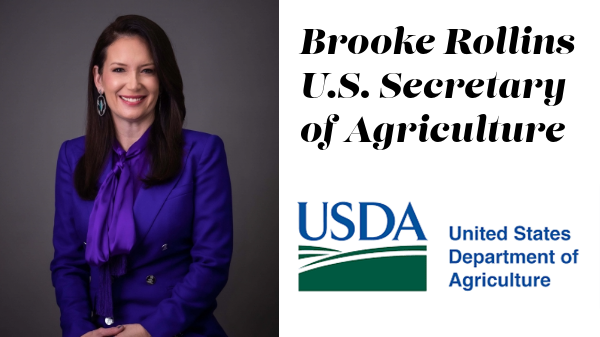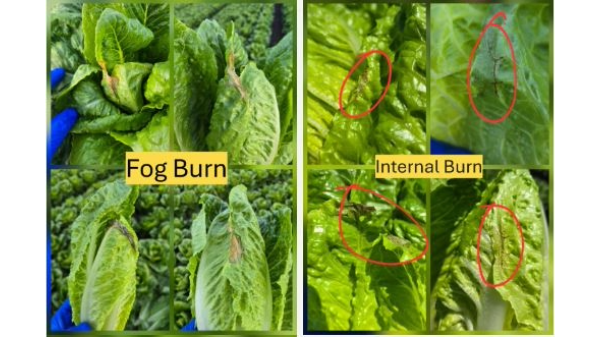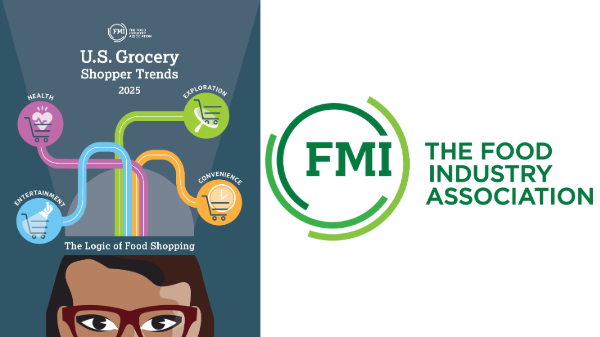Welcome to Blue Book!
Are you ready to join the thousands of companies who rely on Blue Book to drive smarter decisions? View our plans and get started today!
Still have questions? We’d love to show you what Blue Book can do for you. Drop us a line– we’ve been waiting for you.
Ontario is central to Canada’s agriculture industry. Leamington, southwest of Toronto and near Detroit, is a mecca for premium greenhouse produce, while the countryside surrounding Ontario is rich with local field farms—more than 50,000 covering 9 million acres. In Toronto proper, the Ontario Food Terminal acts as the major produce distribution center for an area that expands up and out into Canada and down into Michigan, Ohio, Pennsylvania, and New York.
Agriculture is a key business for the region, so much so that last fall, Premier of Ontario Kathleen Wynne helped pass the Local Food Act that gives farmers tax credits and invests monies into supporting local foods, ensuring growers have the support they need, getting the word out about local food in Ontario. According to Premier Wynne, Ontario agri-food businesses contribute $34 million to gross domestic product (GDP) and the industry supports more than 700,000 related jobs.
The greater Toronto area has a population of more than 6 million, and is one of the most ethnically diverse communities in North America. For more than five years, both the city and the suburbs have seen double-digit population growth, and as the wholesalers say, “People have to eat.”
As such, farm receipts for produce grown in Ontario almost doubled from 2005 to 2012 (see chart on next page). Corn, potatoes, and greenhouse vegetables are big sellers, while fruits are represented by apples, grapes, blueberries, and strawberries. In terms of harvested acreage in 2013, corn was at the top with nearly 23,000 acres, with the next four commodities at significantly less acreage: peas (15,300), tomatoes (13,200 acres not including greenhouse-grown), beans (8,500), and carrots (7,800). Sweet corn’s significant acreage equaled $28.1 million in fresh value sales, with carrots bringing in $25.9 million; tomatoes, $16.7 million; beans, $10 million; and peas, despite considerable acreage, $3 million.
High fresh sales value, despite low acreage, went to asparagus ($21.4 million from 3,000 acres), broccoli ($18.8 million from 3,800 acres), Chinese cabbage ($16.6 million from 3,100 acres), and peppers ($12.5 million from 2,700 acres). Both exports and imports have also increased significantly in the last decade (see chart on page 18).
In the heart of Toronto resides the Ontario Food Terminal (OFT), a 40-acre complex housing 21 warehouse tenants, 400 farmer market tenants, 50 office tenants, and boasting 5,000 registered buyers. The OFT moved just over 1.0 million tons of produce in 2013, up from 984,000 tons in 2012. About 35 to 40 percent of this volume is Ontario-grown, the rest brought in from other provinces and other countries, primarily the United States and Mexico.
Sprucing Up the Ontario Food Terminal
Ongoing renovations and upgrades at the OFT are close to being completed after a slight weather-related delay this past winter. The $5 million project included enclosing the docks with sliding glass doors to protect the cold chain, covering the center buyers’ court area to allow some protection from the elements, building a walking bridge between the two main buildings, and installing more security cameras along with a card-access system.








